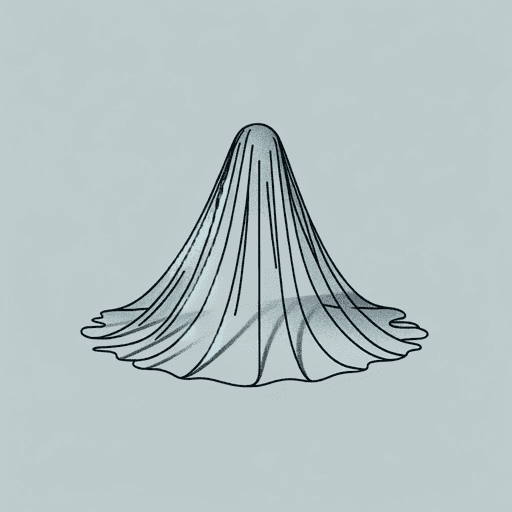84 pages • 2 hours read
The Scarlet Letter
A modern alternative to SparkNotes and CliffsNotes, SuperSummary offers high-quality Study Guides with detailed chapter summaries and analysis of major themes, characters, and more. For select classroom titles, we also provide Teaching Guides with discussion and quiz questions to prompt student engagement.
Symbols & Motifs
The Scarlet Letter
The scarlet A that Hester wears is both the most important and the most complex of the novel’s symbols. On the face of it (and to the community that sentences her to wear it), the A stands for adultery, and thus for Hester’s guilt. This explains not only the letter but its color: Red evokes images of blood and fire, and is consequently associated with passion, shame, and sin. The novel itself often makes these connotations explicit; for instance, to those who witness Hester’s public punishment, the letter’s color recalls the “flames of the infernal pit” (63).
Even at this early point in the narrative, however, it’s clear that there’s more to the letter than these spectators realize. Hester herself designs and stitches the letter, embroidering it with gold thread that causes it to stand out dramatically against her otherwise plain clothing. This causes some consternation in the crowd, who take it as a sign of pride; by ornamenting the letter, Hester may be signaling her disdain for the rules she has flouted, or is perhaps taking masochistic pleasure in broadcasting her sinfulness. In this way, the letter speaks to the complexities of guilt and penance in the novel, as well as to related questions about private and public identity.



Related Titles
By Nathaniel Hawthorne















